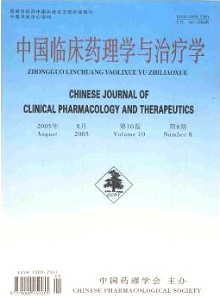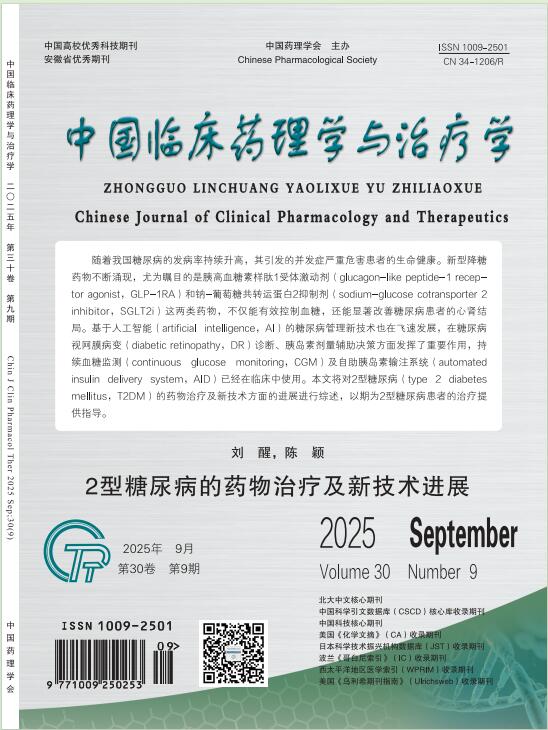Protective effects of extract of Ginkgo biloba on brain tissues in experimental diabetic rats
LI Jian-min, LI Xu-sheng, CHEN Guo-rong, WAN Fang, MAO Sun-zhong, WU Bu-meng, FANG Zhou-xi, YANG Kai-yan
2005, 10(8):
935-939.
 Asbtract
(
168 )
Asbtract
(
168 )
 PDF (269KB)
(
320
)
References |
Related Articles |
Metrics
PDF (269KB)
(
320
)
References |
Related Articles |
Metrics
AIM: To study the protective effects of the extract of Ginkgo biloba (EGB) on brain tissues in experimental diabetic rats and explore its possible mechanisms.METHODS: Thirty male Sprague-Dauley rats were divided into three groups:normal control group, diabetic group and EGB-treated group.Strepozotocin were injected intraperitoneally on the later two groups to induce diabetes, EGB-treated group was injected intraperitoneally with EGB, and the others were treated with normal saline at the same volume.After five weeks, the content of endothelin (ET), malondial dehyde (MDA), NO2-NO3-, and the activity of superoxide dismutase (SOD), nitric oxide synthase (NOS) were determined in brain homogenate, and the level of blood glucose, insulin and ET were measured respectively.In addition, the morphologic changes of the brain tissue were studied by light microscopy and electron microscopy, respectively.RESULTS: In diabetic group, there were degeneration of neuron, brain edema, softened focus and demyelination in the white matter of brain by light microcopy.There were expansion of mitochondria of neuron and gliocyte, the shortened of crista, demyelination of neurofiber and injury of bloodbrain-barrier by the electron microscopy.After treated with EGB, the pathological changes decreased in brain under light microcopy and electron microcopy.Compared with diabetic rats, the activity of SOD and the level of serum insulin increased, while the level of blood ET, the activity of NOS, the content of ET, MDA, NO2-NO3-decreased in EGB-treated rats (P <0.05).CONCLUSION: EGB can protect diabetic brain by anti-lipid peroxidation and decrease the level of NO and ET.


